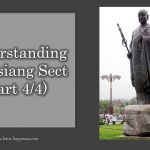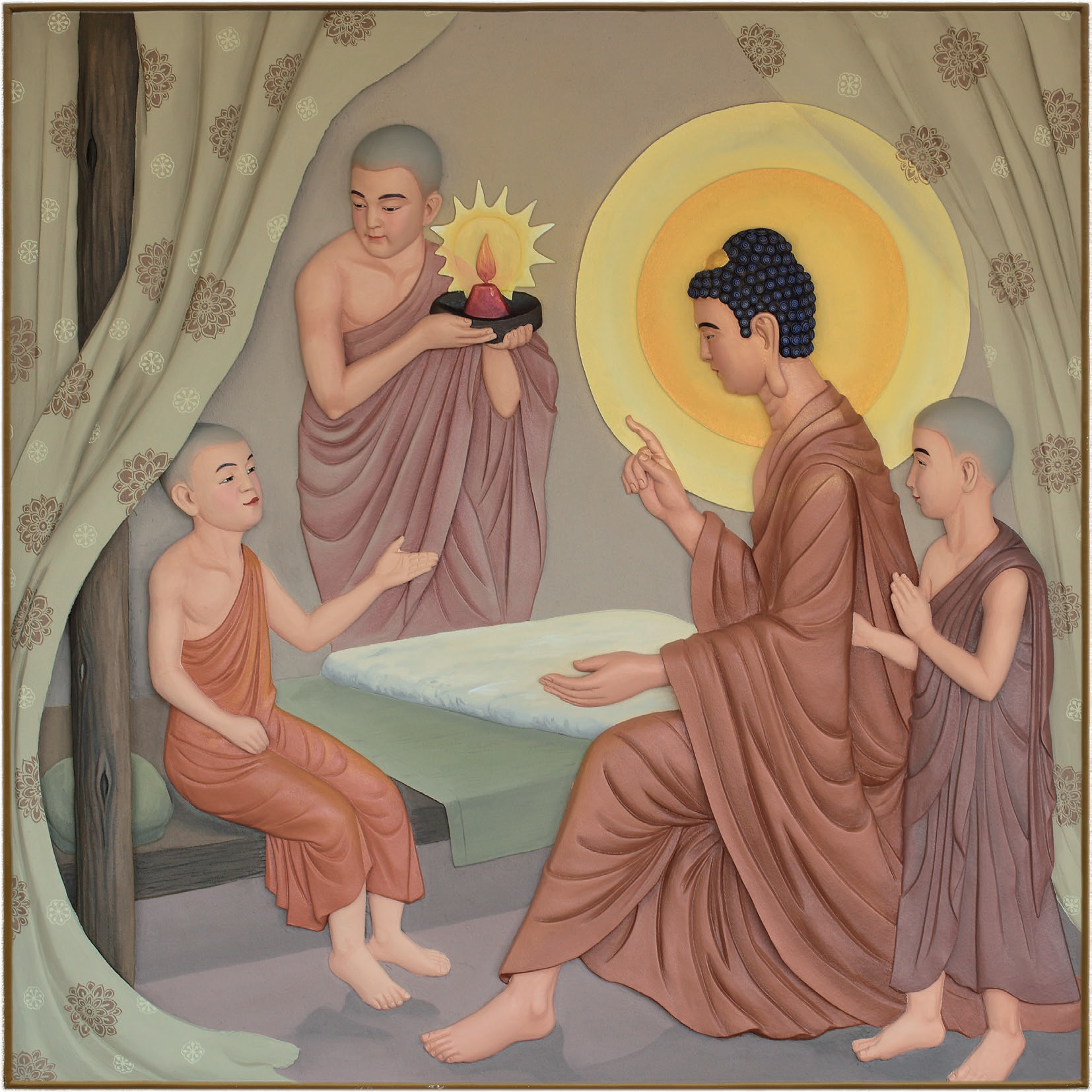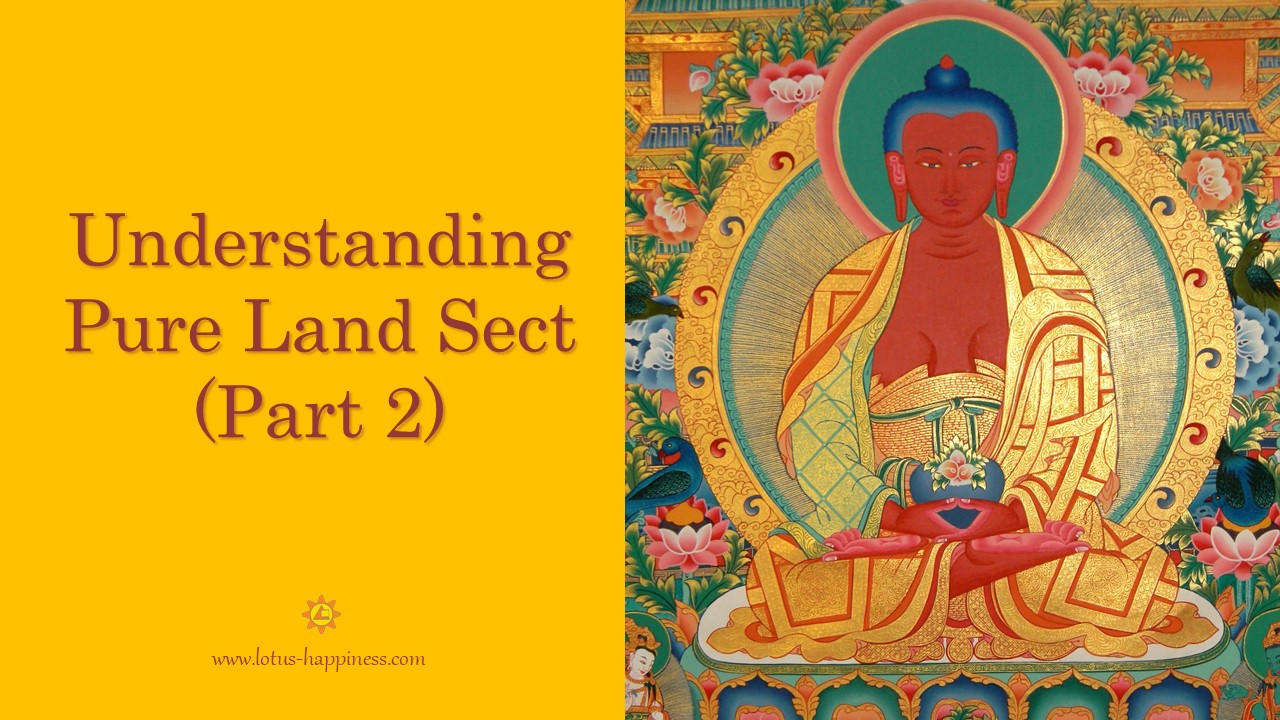
Body Language in Buddhism: Four Ways of Dignified Comportment
Good communication is the cornerstone of not only a rewarding relationship but a successful life. Communications takes two forms—verbal and nonverbal. According to research, non-verbal communication, our body language, gives far more insights to the unspoken motifs and intentions than the verbal communication. More often than not, our facial expressions, gestures, eye contact, posture, and tone of voice speak the loudest.
How we think, speak and act is critical in the social context. Our thought processes, communication skills, deeds, and actions are the causes that will contribute to our success and happiness. In addition to thought, words, and deeds, the Buddha also teaches the Four Ways of Dignified Comportment (四威仪法) in the Bodhisattva-bhūmi Sutra. Essentially, the Four Ways of Dignified Comportment are the body languages in terms of the postures – standing, sitting, lying and walking – that are to be cultivated and mastered by a bodhisattva.
What are the Four Ways of Dignified Comportment?
#1 – Walk Like the Wind (行如風)
Walk gracefully with a sense of lightness, just like the wind. Avoid trudging along and dragging the feet along. Keep the back straight, with the eyes straight forward and breathe deeply, always abiding in the state of alertness and mindfulness. Walk lightly and gracefully, with focused relaxation and constant mindfulness, just like the gentle breeze.
#2 – Stand Like A Pine (立如松)
Stand tall, with the back straight, just like the majestic pine tree. Do not stand with the body slanted or leaned against a wall. Avoid hunching the shoulder or shaking the body sideways. Stand tall and steady in a dignified manner that commands respect.
#3 – Sit Like A Bell (坐如鐘)
For social setting, sit with the back straight, keeping both legs flat on the ground. Avoid crossing the legs over. For the purpose of meditation, the sitting posture has three variations: easy lotus, half lotus and full lotus. The lotus position is a very stable posture. When the spine is straight and tall, the body weight is spread evenly on the ground. When you sit, sit like a bell, firm and steady.
#4 – Lie Like A Bow (臥如弓)
The most ideal position to sleep is to lie down on your right side, with your knees slightly bent, your right hand supporting your head, and your left arm resting along the upper side. The posture looks like a “bow.” According to research, sleeping in this position prevents neck and back pain, reduce acid reflex, and it helps to snore less. Lie down like a bow and your health will glow.











